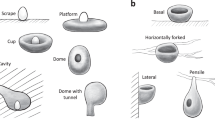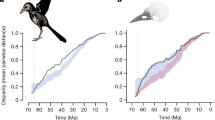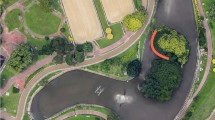Abstract
IN looking to-day for an archæological reference in my friend M. Jean Capart's valuable volume on “Primitive Art in Egypt” (English edition), I noted that he has determined certain birds, delineated on a series of decorated vases, as ostriches. The vases I refer to are to be found on p. 116, Fig. 88; p. 118, Fig. 91; p. 119, Fig. 92; p. 120, Fig. 93; p. 121, Fig. 94; and p. 123, Fig. 96. I venture to suggest that the birds intended to be represented are not ostriches, but flamingos. The inbent beak, the dorsal body-contour, the horizontal ventral region, and the long, lanky legs, uncovered by feathers in the tibial region as in ostriches, all so characteristic of the flamingo, are delineated with great truthfulness on a large scale on the vase illustrated on p. 123, Fig. 96. The crosier-staff-like head is common to all the drawings I have indicated. Although the representation of the bird on p. 120, Fig. 93, is rather too small and ill-defined to base much upon, the curvature of the neck is yet more that of a ciconiiform than of a struthious bird. Indeed, on p. 119, Fig. 92, the group of birds at the right-hand corner of the vase is actually in proximity to water, which would hardly be the case if the artist intended it for one of ostriches; while on the vase illustrated on p. 121, Fig. 94, the four birds delineated have very characteristic horizontal flamingo tails, especially the individual on the extreme left of the row, in which it is spread. These attitudes are in striking contrast with those of certain other large birds included in the zoological group on the rocks of Upper Egypt, reproduced on p. 204, which must be admitted to represent ostriches, at the first glance, from the attitude of their legs in walking, their plumage contour, and their straight beaks.
This is a preview of subscription content, access via your institution
Access options
Subscribe to this journal
Receive 51 print issues and online access
$199.00 per year
only $3.90 per issue
Buy this article
- Purchase on SpringerLink
- Instant access to full article PDF
Prices may be subject to local taxes which are calculated during checkout
Similar content being viewed by others
Author information
Authors and Affiliations
Rights and permissions
About this article
Cite this article
FORBES, H. The Identity of Certain Large Birds on Egyptian Vases. Nature 82, 38 (1909). https://doi.org/10.1038/082038a0
Issue date:
DOI: https://doi.org/10.1038/082038a0



